IRAN Ongoing protests will lead to slightly increased risk of attacks on police and oil facilities in South, and Kurdish militancy in North-East
Iran
Ongoing protests will lead to slightly increased risk of attacks on police and oil facilities in South, and Kurdish militancy in North-East
The Sunni Baluch militant group Ansar al-Furqan, which is based in the South-East, claimed on 28 December that it had blown up a “major oil pipeline” in the Omidiyeh region of Khuzestan, in south-western Iran. It also said it had established a new unit called the Ahwaz Martyrs Brigade, seemingly referring to Khuzestan’s large Ahwaz Arab ethnic minority. The group did not provide evidence to support either claim, however. Indeed, the state-linked company responsible for protecting and maintaining oil and gas lines in Omidiyeh, which is a subsidiary of the National Iranian Oil Company, denied that an attack had taken place, although this could also not be independently verified.
Al-Furqan primarily comprises Baluch militants, who have mostly carried out sporadic attacks in the south-eastern Sistan va Baluchistan Province. However, it is plausible that the group has gained a small number of local Ahwazi supporters, and that it is now seeking to exploit the instability caused by the ongoing protests (see above). The majority of the Ahwaz community is Shia, but it contains a small number of hardline Sunni converts who may be willing to support al-Furqan. Indeed, some Sunni Ahwazis are credibly reported to have trained with the now-defunct al-Qaeda-linked Baluch group Jundullah, and so could have helped boost al-Furqan’s capabilities in the area. The group may also have gained increased traction among Sunni Ahwaz militants as a result of Saudi Arabia’s recently increased indirect support for Arab separatists in Khuzestan (see our 15 November 2017 Report).
There will consequently be a heightened risk of low-level attacks on local police and oil facilities in Khuzestan, both from al-Furqan and from Ahwazi militants, especially if the current protests persist. However, the Baluch group is only likely to have a small number of active members in the south-western region, and the security forces will act forcefully against suspected militants to prevent further attacks, helping to contain the threat. Al-Furqan may also seek to target IRGC-linked facilities near the Pakistani borders, but most such operations will also remain low-level and confined to Baluch-majority areas.
Meanwhile, the protests could also provide Islamic State (IS) with an opportunity to exploit anger within Sunni minority communities, including the mostly-Sunni Kurds. This could slightly increase the risk of IS attacks, though the group has very limited offensive capabilities in the country. There will also be a slightly greater threat of Kurdish militant violence against the security forces in the North-East. The separatist Party for Free Life in Kurdistan, the Kurdish Democratic Party–Iran and the Komala party have all issued statements of support for the anti-regime elements of the protests, and may seek to step up their attacks on the security forces in a show of support for the demonstrations. Any such attacks will similarly be sporadic and low level, as well as focused on security force and government-linked targets.


